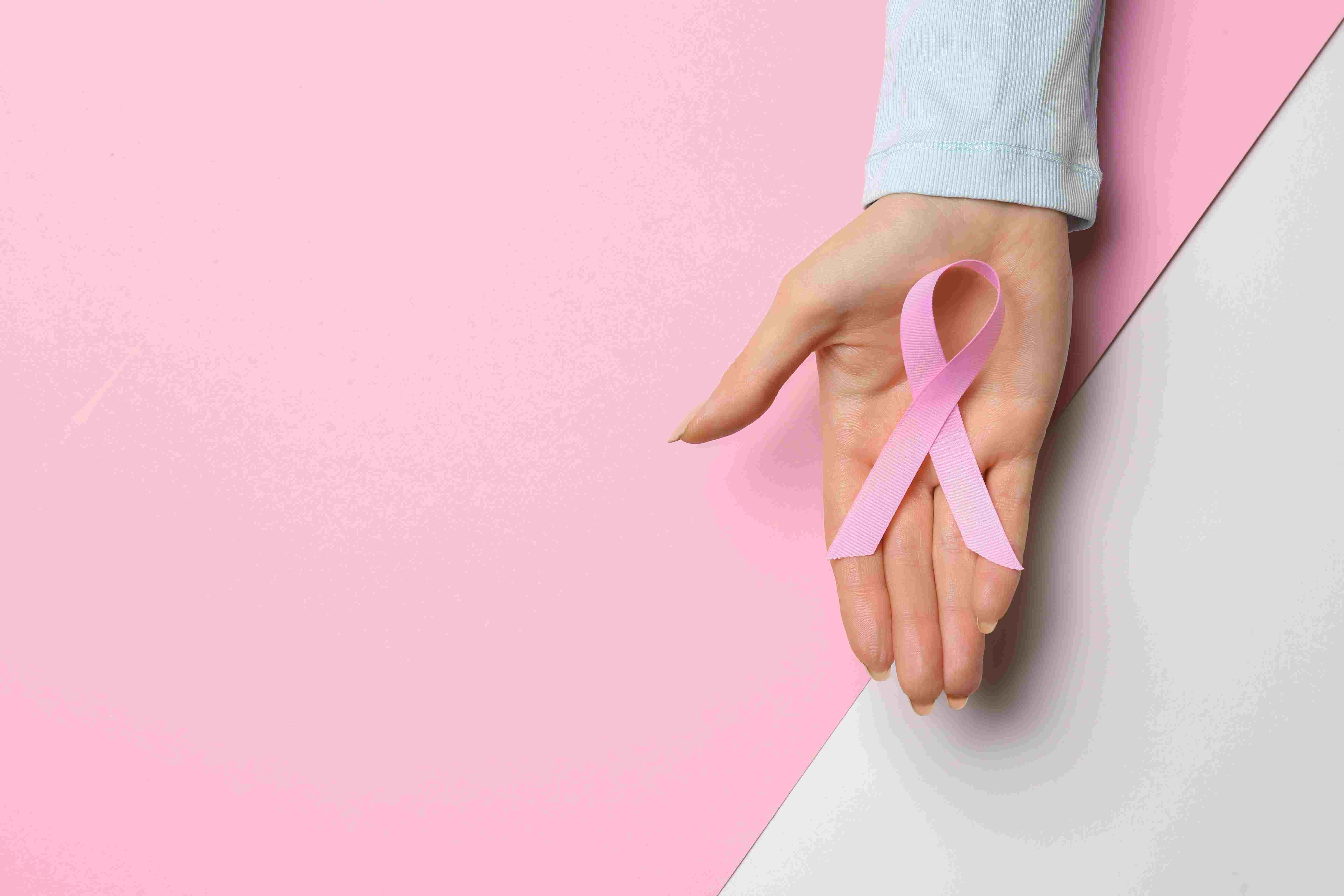Early Diagnosis of Breast Cancer can be Lifesaving – Awareness is the Best Policy!

Breast cancer is the most common cancer amongst women around the globe. However, in comparison to the developed nations, India's cancer incidence is far lower. However, the death rates are still higher due to late detection.
Many studies have had similar findings indicating that when breast cancer is detected early in its localised stage, the 5-year relative survival rate is more than 90%.
To ensure early detection of breast cancer, awareness and eliminating the stigma around the disease are crucial steps. In fact, WHO has dedicated the month of October as Breast Cancer Awareness Month to encourage global initiatives towards spreading valuable information about breast cancer and helping people understand the importance of early diagnosis, which can save millions of lives.
Breast Cancer Awareness - 4 Key Tips on Early Breast Cancer Diagnosis
Let us share the most vital steps that can help people diagnose breast cancer at an earlier stage:
- Perform regular breast self-exams
Self-examination is an essential measure for the detection of breast cancer in its early stages. If you are thinking about how to perform a self-exam and what to look out for, here is the 5-step self-exam strategy you can follow:
Step 1: Begin with observing any differences in your breasts. For this, remove your clothes and either stand or sit in front of the mirror. Examine both the breasts and look for any unusual differences between the two breasts, any visible lumps, any kind of dimpling in the breast tissue, or redness or scaliness of the nipples.
Step 2: Look for the similar changes with different angles. Raise your arms up and look for any changes suggested in step 1. After this, repeat the examination process with your hands on your hips with your elbows pulled forward, as these movements might reveal any lumps that might not appear otherwise. Look for any abnormalities, any puckering or dimpling of the skin.
Step 3: Lie down and examine your breasts with your fingers. With a pillow behind your head, lie down with one of your hands around your head or neck. Now, with the other hand, firmly touch and use your first three fingers (index, middle, and ring) to examine your breast in a circular motion. Follow this pattern and cover the entire area of the breast, including the collarbone and armpit. Repeat the same with the other breast too. Look for any lumps in the breast and its surrounding areas.
Step 4: Examine the nipples for any discharge. Observe and lightly squeeze the nipples to check if there is any kind of unusual fluid coming out of any of the breasts. The fluid may be watery, milky, yellow, or even bloody in nature.
Step 5: Conduct a self-examination once a month. It’s usually recommended to do the self-examination every month after 7-10 days of the completion of your menstrual cycle. Postmenopausal women may take the exam at any time of the month.
The most important thing after conducting a self-exam is to not panic in case you notice any lumps or abnormalities and report such changes to a breast specialist or a surgeon.
- Annual screening tests are crucial for women over 40.
A mammogram is the most important screening test for diagnosing breast cancer. Women aged 40 or more must undergo a mammogram screening every 1-2 years as it can identify even the smallest of cancers that would not be identified for up to 2 years in a physical exam. If you are concerned about the discomfort that the mammogram test causes, discuss it with your mammography technologist as they may suggest a painkiller to reduce the discomfort.
- Knowing your risks and working towards reducing them is key.
If you have a family history of breast or any other type of cancer, please tell your doctor and consult with them for any preventive measures. Additionally, many research studies have indicated that certain lifestyle changes can decrease the risks of breast cancer.
Research shows that certain lifestyle changes can decrease the risk of breast cancer. The following are some recommendations that help lower the risk of breast cancer:
- Stop smoking and limit your alcohol intake.
- Keep your weight in check and maintain a healthy diet.
- Be physically active and exercise.
- Breastfeeding has been shown to play a significant role in breast cancer prevention.
- Avoid postmenopausal hormone therapy and try to manage your symptoms without hormonal medications.
- Check for any warning signs or early symptoms:
You must know how your breasts normally look and feel so that you can identify if any changes occur. Here are some signs and symptoms of breast cancer to look out for:
- A hard, painless lump in the breast, upper chest or armpit
- Any unusual change in the nipple like an inverted nipple or any inflammation
- Unusual discharge from the nipple
- Swelling in a part or entire breast even when there is no lump
- Skin dimpling
- Swollen lymph nodes
Breast pain may not be a sign of cancer but any unusual pain must be reported to the doctor
The Key Takeaway
It is important to understand that many women with breast cancer have no symptoms in their early-stages. This is the reason why regular self-examination and clinical screening are critical to diagnosing cancer in its early stages when it is most easily treatable, because early detection and timely treatment can drastically improve survival rates.
Holistic Breast Cancer Treatment & Care at Medanta
At Medanta, our comprehensive breast cancer treatment and care are designed with a patient-focused approach, and the preliminary steps include streamlining the evaluation process for women with breast changes or problems to ensure early diagnosis and the right treatment.






